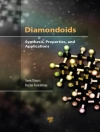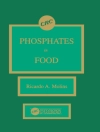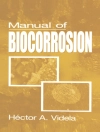This book provides an overview of mitigation strategies and positive health effects of Maillard Reaction products in the contexts of food processing and storage. The effects of Maillard Reactions can vary considerably: while on the one hand certain sensorial alterations and influences on color, flavor and odor may be desirable, Maillard Reactions can also result in potentially harmful and toxic products (e.g. furfurals, furosines, or acrylamide). This book discusses possible mitigation strategies for the reduction of toxic reaction products, including the addition of enzymes or antioxidants, reducing sugars, and encapsulation approaches, as well as new processing strategies, such as high-pressure, radio-frequency, ultrahigh-temperature, or Ohmic heating methods. The book also illustrates that certain Maillard products can even produce positive health effects, e.g. antimicrobial or anticarcinogenic effects. The methods described here can serve as a blueprint for promoting the formationof beneficial compounds and reducing / avoiding toxic substances, offering essential strategies and methods.
Tabla de materias
Mitigation Strategies Against Maillard Reaction in Foods: Processing Options.- Thermal Approaches for the Control of Maillard Reaction in Processed Foods.- Chemical Strategies Against Maillard Reaction in Foods.- Positive Properties of Maillard Products.












